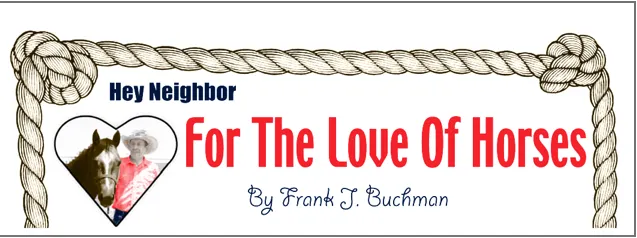(Second of two articles)
Imagine the state budget as a pizza, laden with toppings (no anchovies, please). A fine pie, thick with sauce, meat and vegetables, but without support – a foundation of well-baked dough – a pizza is little more than formless goo.
Which brings us to the budget. Without the crust of a general fund, state finance is without footing, a shapeless mix with no adhesive. The state’s general operating budget is central to the forces of all state spending.
Of the $19.8 billion that Gov. Laura Kelly says will be needed to operate Kansas government in the next budget year, $7.9 billion (40 percent) will be in the operating budget, which is often called the general fund.
The general fund is special because most of it – nearly 90 percent – is financed with state sales and income taxes. The remainder is derived from inheritance taxes, a portion of taxes on tobacco and alcohol, the interest on state idle funds, a property tax on big trucks and most of the revenue from severance taxes on oil and gas. (A statewide property tax for school finance is also collected, but channeled directly into a revenue pool for base per-pupil aid to local districts.)
The general fund, then, becomes the focus of debates about state taxing and spending. It is often called, simply, “the budget.” Lawmakers are well aware that the operating fund, which pays the day-to-day expenses of government, can gain or lose force with each adjustment of taxes, and with each quiver of the Kansas economy.
This fund is part of a complicated system. Its strength depends most upon the exchange and interplay of dollars circulating through the pockets of Kansans and the ledgers of businesses. If the economy goes down, so will the collection of taxes; and in good times when sales and incomes rise, so do government revenues.
Kelly’s general fund proposes a miniscule, $11.7 million spending increase, a bump of one-tenth of one percent. In a related line item, $79.4 million for capital improvements contains a $5 million (6.8 percent) increase. Combined, proposed operating and capital improvements of $7.9 billion represent a $16.7 million spending increase of two-tenths of one percent.
The remarkable aspect of this budget is that it offers an 8 percent ending balance of $628 million, what is sometimes called a “rainy day fund.” State law, passed decades ago, required ending balances of at least five percent. But legislators for decades often suspended the requirement as they struggled to secure a new formula and adequate (court-ordered) funding for local schools. During the long, deficit-ridden Brownback years (2011-2017) of eliminating taxes and increasing spending, the specter of state bankruptcy erased all thought of rainy day funds.
Kelly’s plans, in two brief years, have brought the treasury back from the abyss of fiscal failure.
The revenue estimates for the general fund come from the Department of Revenue and are based on a November forecast by the Consensus Estimating Group, an independent panel of economists and budget experts. The forecast is revised in April (up or down) and is central to crafting the budget during the final days of a legislative session.
Kelly anticipates a three percent revenue increase to $7.95 billion atop a $533 million ending balance, for more than $8.4 billion in available funds.
Here are major components of the governor’s estimated revenue sources for the general fund:
Income taxes – $4.065 billion from individuals; $475 million from corporations; $44 million from financial institutions. Total, $4.584 billion.
Excise taxes – Retail sales, $2.3 billion; compensating use (Internet sales), $475 million; taxes on tobacco and alcohol, $226.5 million; severance taxes on oil and gas, $44 million.
Other revenues, including interest on funds, and agency earnings, $77 million.
The funding pools of state government can be seen from many angles. Thousands of numbers are spliced among an array of funds, matched and added, subtotaled and cross-referenced.
Dozens of analysts – budget specialists – are involved. They come from the Department of Revenue, the Budget Division, and Department of Legislative Research. In addition, experts weigh in from other sectors – education, transportation, agriculture, social welfare, the judiciary, insurance and more. Lobbyists also may offer valuable testimony on the affects of certain legislation.
Crafting a budget, from concept to law and a governor’s signature, is a grinding process. The politics of it run from the shop-worn to the enlightened. A budget may be seen another way, as a living thing, one that affects every community, and ultimately the lives of all Kansans.




